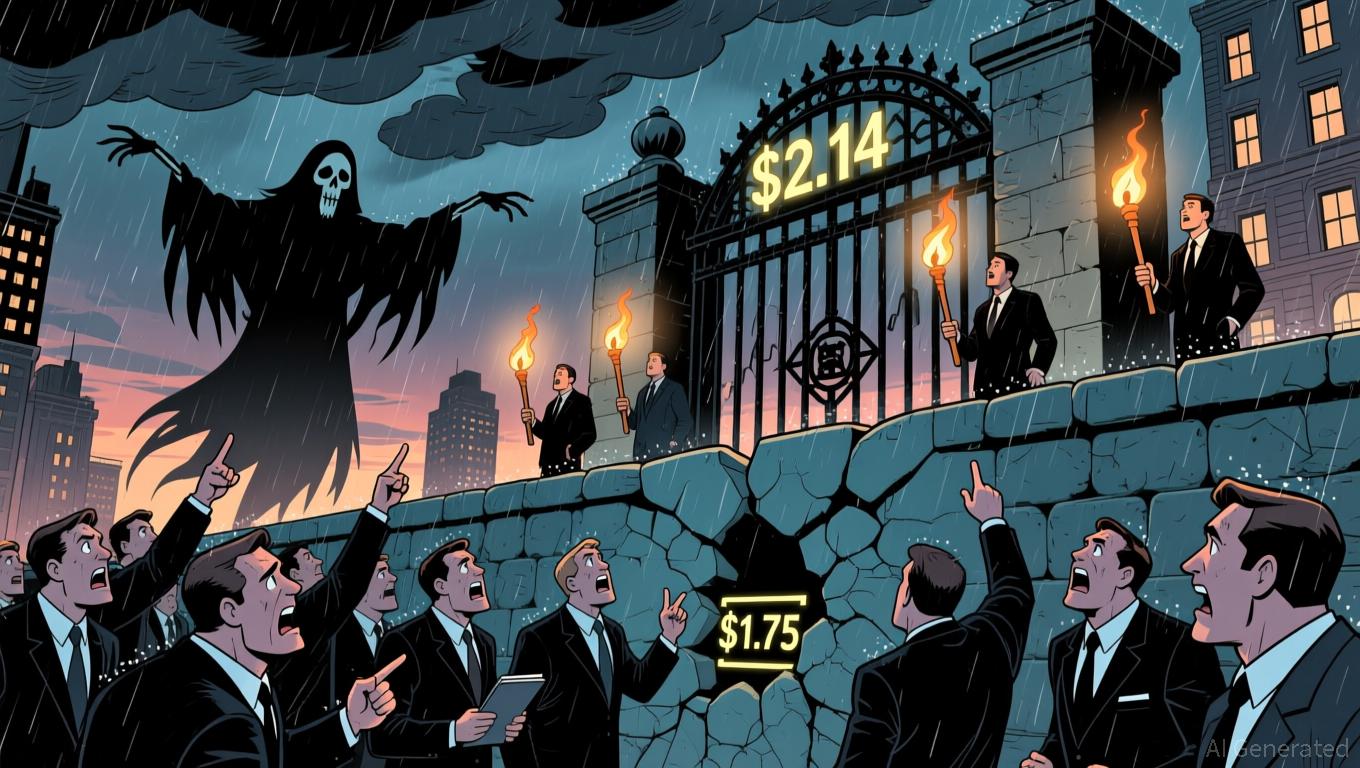Andreessen Horowitz Seeks GENIUS Act Exemption for Stablecoins
- a16z urges decentralized stablecoin exemption from GENIUS Act.
- Action affects non-central issuer stablecoins like LUSD.
- Error-free regulation preserves innovation in DeFi space.
Andreessen Horowitz (a16z) has requested the U.S. Treasury exclude decentralized stablecoins from the GENIUS Act, pointing out that these are governed by smart contracts without central issuers, unlike traditional stablecoins. This exclusion would avoid stifling innovation.
Andreessen Horowitz (a16z) has called on the U.S. Treasury Department to exclude decentralized stablecoins from the GENIUS Act, arguing these assets are not issued by any “person.”
Andreessen Horowitz (a16z) has urged clarification of the GENIUS Act by highlighting that decentralized stablecoins, such as LUSD, operate without a central issuer. The firm stressed the importance of excluding these assets from the act’s scope.
a16z, led by Chris Dixon and others, emphasizes that decentralized stablecoins are governed by smart contracts, lacking a central controlling party. They advocate for legislative clarity to protect innovation within the crypto sector. As Chris Dixon, General Partner at a16z Crypto, stated,
“Clarifying the application of the GENIUS Act to decentralized protocols is critical to ensure the law does not inadvertently stifle innovation or include participants who are not exercising control over stablecoin issuance.”
The suggestion by a16z is aimed at mitigating the potential regulatory impact the GENIUS Act might have on autonomous systems. Community reactions indicate support for decentralized principles safeguarding against overregulation.
Financially, this stance bears no immediate capital effect but reflects broader political and infrastructural discussions within crypto forums, where existing DeFi protocols dig into the repercussions of regulatory definitions.
The industry watches closely to see if legal frameworks will adapt. History shows that regulatory clarity can influence trading volumes and the stability of affected coins like DAI and LUSD. For additional insights, see the letter to Treasury on detecting illicit digital asset activities .
If approved, this exemption might steer technological and regulatory trajectories across crypto territories, impacting financial pathways for innovations formed around these stablecoins. Focus remains on preserving decentralization and protocol independence within the DeFi industry.
Disclaimer: The content of this article solely reflects the author's opinion and does not represent the platform in any capacity. This article is not intended to serve as a reference for making investment decisions.
You may also like
XRP News Update: XRP ETF Buzz vs. Death Cross: Can the $1.75 Support Level Remain Intact?
- XRP faces critical junctures near $2.14 as Grayscale's spot ETF (GXRP) launch looms, with $1.75 support level pivotal for short-term stability. - A death cross pattern raises bearish concerns, suggesting potential 55% price drop to $1 if technical indicators fail to hold. - Institutional crypto products like Leverage Shares' 3x ETFs and 1inch's liquidity pools highlight growing institutional interest amid market volatility. - DeFi struggles with $12B idle capital while projects like Mutuum Finance aim to

Bitcoin Updates: Negative Derivatives Meet Optimistic Institutions as Bitcoin's Future Remains Uncertain
- Bitcoin fell below $85,500 amid bearish derivatives positioning, macroeconomic uncertainty, and dormant wallet sell pressure, with puts dominating calls at $85,000 strike price. - Institutional bulls like Michael Saylor's Strategy reported $2.8B Q3 profits from BTC holdings and pledged continued accumulation during the slump. - The Bitcoin for America Act proposes tax payments in BTC without capital gains liability, aiming to create a Strategic Bitcoin Reserve and modernize U.S. finance. - Derivatives pl

Bitcoin Experiences Sharp Decline as Macroeconomic Conditions Change: The Impact of Increasing Interest Rates and Heightened Regulatory Oversight on Cryptocurrency Values
- Bitcoin's 2025 late-year drop from $126,000 to $80,000 reflects heightened sensitivity to Fed policy shifts and regulatory pressures. - Fed officials like Susan Collins signaled "mildly restrictive" policy, crushing rate cut expectations and triggering 70% decline in December cut odds. - Regulatory crackdowns on crypto mixing and mining contrasted with institutional buying (e.g., Cardone Capital's $15. 3M Bitcoin purchase) amid market volatility. - Political uncertainty (60% expect Trump-era crypto gains
Bitcoin’s Abrupt Price Swings and Institutional Outflows: An In-Depth Analysis of Market Dynamics and Liquidity Challenges
- Institutional investors are shifting capital from Bitcoin to AI infrastructure, driven by higher returns in 2025. - Bitcoin's liquidity has declined, with order book depth dropping to $14M by mid-2025, exacerbating volatility. - Structural shifts, including mining repurposing and AI-focused capital flows, threaten Bitcoin's hash rate and market stability. - Alternative projects like XRP Tundra and AI-driven risks challenge Bitcoin's dominance, complicating investor strategies.